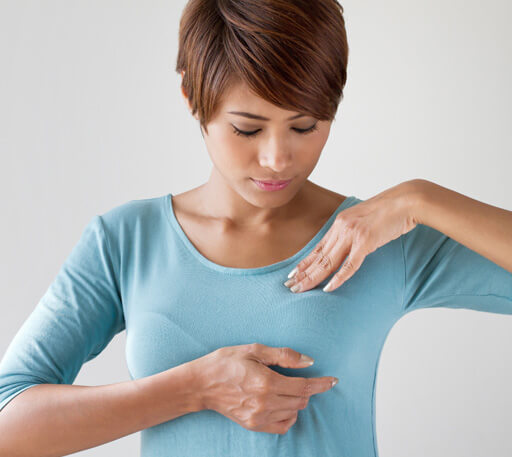Which are the benign lesions of the breast and which are their characteristics?

Fibrocystic changes
For some women, fluctuations in hormones during normal monthly menstrual cycles can create changes in the breasts that are referred to as fibrocystic breast changes. Women with fibrocystic breasts usually experience lumps in both breasts that increase in size and tenderness just prior to menstrual bleeding.
The lumps are milk ducts and surrounding tissues that have grown and dilated to form cysts. The cysts rapidly enlarge in response to hormones released near menstruation. The lumps may be hard or rubbery and may be felt as a single (large or small) breast lump. Fibrocystic changes can also cause thickening of the breast tissue.
Fibrocystic changes are often most noticeable during your 40s; in fact, these changes are the most common cause of benign breast lumps in women ages 35 to 50. Postmenopausal women are less likely to have these types of breast changes, because hormone stimulation of breast tissue no longer occurs.

